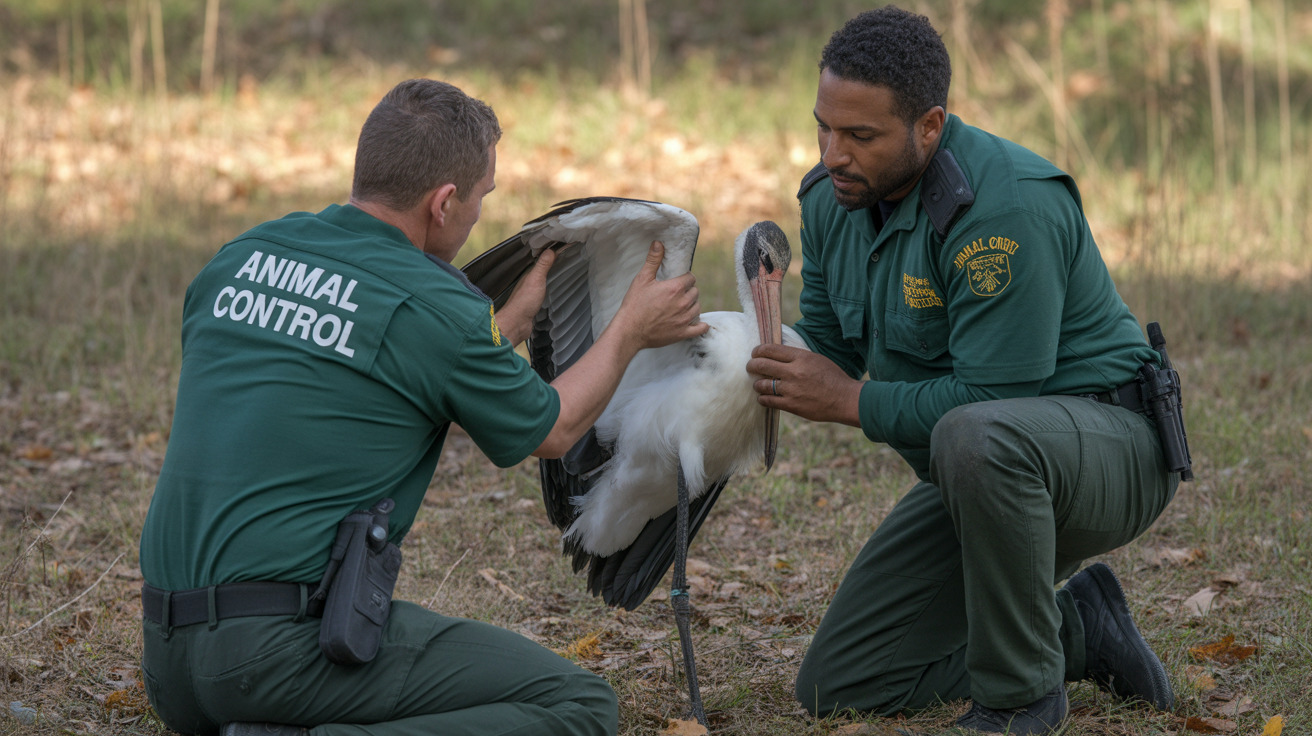If you've ever noticed your dog pushing between you and another person or pet, you might have wondered: do dogs get jealous? Research now confirms what many pet owners have long suspected - dogs can and do experience jealousy, particularly when they perceive a threat to their relationship with their owner.
Recent scientific studies have revealed fascinating insights into canine emotions, showing that dogs display jealous behaviors similar to human infants. This complex emotional response goes beyond simple resource guarding and demonstrates dogs' deep social-emotional capabilities.
The Science Behind Canine Jealousy
Research from the University of California San Diego has provided compelling evidence that dogs experience jealousy. In their groundbreaking study, dogs showed clear signs of jealous behavior when their owners interacted with realistic-looking stuffed dogs, but not with neutral objects.
Scientists have observed that dogs can experience jealousy even when they can't directly see the interaction between their owner and a potential rival, suggesting sophisticated mental processing abilities.
Recognizing Signs of Jealousy in Dogs
Dogs typically display several telltale behaviors when experiencing jealousy:
- Pushing or wedging themselves between their owner and the perceived rival
- Increased attention-seeking behaviors
- Whining or barking when attention is directed elsewhere
- Showing signs of aggression like growling or snapping
- Attempting to disrupt interactions with other pets or people
Understanding the Evolutionary Basis
Jealousy in dogs likely evolved as a survival mechanism to protect valuable social bonds and resources. This behavior mirrors the way human children protect their relationships with caregivers, suggesting it serves a similar adaptive purpose in both species.
The capacity for jealousy indicates dogs' sophisticated social intelligence and their deep emotional investment in human relationships.
Managing and Preventing Jealous Behavior
Addressing jealousy in dogs requires a thoughtful, consistent approach:
- Establish clear boundaries and routines
- Practice positive reinforcement for calm, non-jealous behavior
- Gradually introduce new pets or family members
- Ensure each pet receives individual attention
- Consider professional training if jealousy becomes problematic
The Role of Early Socialization
Early exposure to various people, pets, and situations can help prevent jealous tendencies from developing. Well-socialized dogs typically show more confidence and less possessive behavior in social situations.
Frequently Asked Questions
Do dogs really feel jealousy, and what scientific evidence supports this?
Yes, multiple scientific studies confirm that dogs experience jealousy. Research from UC San Diego and other institutions shows dogs exhibit jealous behaviors particularly when their owners interact with potential rivals, even artificial ones like stuffed animals.
What are common signs that my dog is feeling jealous of another pet or person?
Common signs include pushing between you and others, attention-seeking behaviors, whining, barking, growling, and attempting to disrupt interactions. Some dogs may also display sulking behavior or become unusually clingy.
How can I tell the difference between jealousy and other behaviors like aggression or attention-seeking?
Jealousy typically occurs specifically in social situations where the dog perceives a threat to their relationship with their owner. Unlike general aggression or attention-seeking, jealous behaviors are triggered by and directed at specific interactions between their owner and others.
Are some dog breeds more prone to jealousy, or does personality and upbringing matter more?
Current research shows no conclusive evidence that specific breeds are more prone to jealousy. Individual personality, early socialization, and environmental factors play more significant roles in determining jealous tendencies.
What are effective ways to manage and reduce jealousy in dogs around new pets or family members?
Effective management strategies include gradual introductions, maintaining consistent routines, positive reinforcement training, ensuring equal attention distribution, and consulting with professional trainers when needed. Creating positive associations with new family members can also help reduce jealous behaviors.
Understanding and addressing dog jealousy is crucial for maintaining harmonious relationships in multi-pet households or when introducing new family members. With patience, consistent training, and appropriate management strategies, most dogs can learn to cope with changes in their social environment without excessive jealousy.






